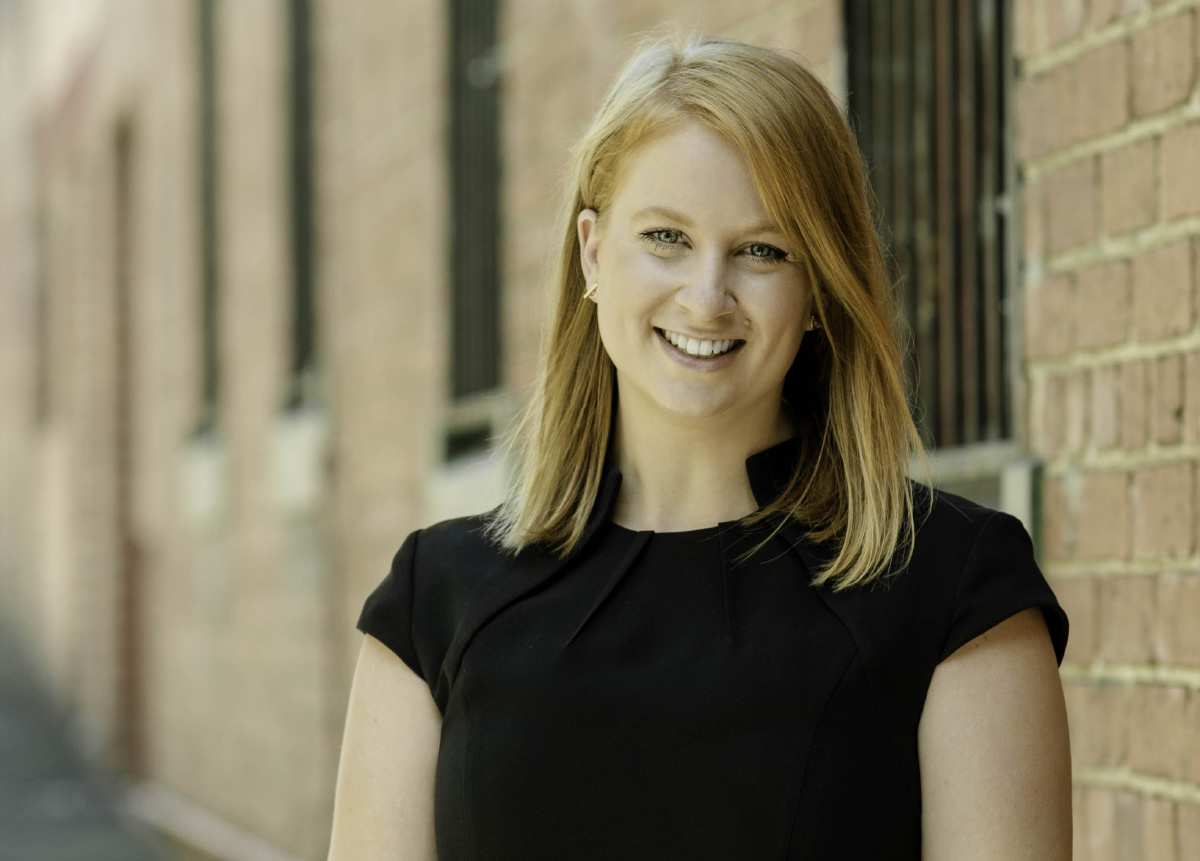It is fair to say the Australian property industry is currently in somewhat of a state of flux. As we gear up for the inevitable race to the 2019 federal election, in which policies around Australia’s housing market will be a cornerstone of both major parties’ platforms, the country is waiting with bated breath to see how our property industry will be affected come May. As the peak body representing the urban development industry, we are very confident, however, in the resilience and adaptability of our industry.
In Victoria, there is a strong pipeline of underlying demand for new and diverse housing options. Population growth is strong, and our economy is deeply resilient. However, we are staring down the barrel of a supply drought, building approvals steeply decline calling into question the ability of the development industry to deliver new homes.
Significant undersupply forecast for Victoria
The latest research from the Urban Development Institute of Australia, Victoria, shows that based on recent building approvals, the expected dwelling supply that will be delivered in Melbourne in coming years will be significantly less than we need. This is of great concern in an environment of continued population growth and strong household formation. The Residential Development Index (RDI) reveals the low amount of new housing supply forecasted is expected to lead to a demand and supply gap of more than 4,500 dwellings in Victoria.
Victoria is experiencing a significant drop-off in building approvals for dwellings. From the 2017 financial year, there has been a decline of 19.6 per cent in total dwelling approvals across the state. The City of Melbourne is expected to face an unprecedented fall in activity, potentially declining 92 per cent in building approvals in this financial year. Similarly, Melbourne’s middle ring is forecast to experience a substantial decline in building approvals for dwellings of 27 per cent.
The State Government’s planning strategy for Melbourne, Plan Melbourne, directs that 70 per cent of new dwellings be built in established areas. To achieve this target, Melbourne’s established areas would need to deliver 42,500 dwellings per year until 2051. But, efforts to meet this target could fall short by as many as 28,500 dwellings this year alone, with established areas delivering as little as 33 per cent of all new stock – mainly due to the lack of development approvals and activity in the inner and middle rings of Melbourne.
A cyclical micro-economy
As anyone who has been involved in the property market for substantial period of time knows, the micro-economy of the property market is cyclical. We are experiencing a downturn across Australia, unlike anything we’ve seen in recent cycles.
Right now, trends in the market are not caused by any one catalyst. Rather, a myriad of factors have come into play so far in 2019 that are affecting our market. Regulatory changes, a consumer credit squeeze, planning bottlenecks and a retreat of investors are all contributing to a cumulative and impactful landscape.
But one thing to be sure of is that underlying demand remains very strong. Driven mainly by population growth, the appetite for owning a home in Australia is not diminishing in the slightest. Australian cities have evolved greatly over the past few years. In Melbourne especially, we are seeing unparalleled population growth, which will continue to change the face of the city and provide new opportunities for modernisation, innovation and sustainable growth. For the housing industry, that means delivering homes which look beyond life as we know it.
Change for good
It has never been more important to consider how our rapidly changing built environment will alter what people want and need from their homes. Changing consumer needs are at the forefront of developers’ minds, evidenced by the array of construction across Australia that offer unique features and modern conveniences not before seen in residential developments. For developers, it means a shift in mindset is required to be able to find new and innovative ways to appeal to purchasers living in a rapidly changing environment.
A good example of change we’re seeing now is the shift away from wanting to own a quarter acre block and four-bedroom home. Nowadays, a significant number of home buyers are opting to live in a smaller, low maintenance, inner city dwelling located in the heart of the action. While some of that demand is driven by relative affordability, the emergence of contemporary apartments can also be attributed to some of the great innovations making headway in the apartment market.
In an age where we are ruled by technology and it can seem to facilitate our interactions with other people in our communities, people are craving genuine communities and contact.
The rise of our modern urban communities
Developers are shifting their focus from individual dwellings and individuals in the dwellings to the population and structure of their whole project. Many are already doing this really well. We are seeing communal laundries, gardens and leisure areas become sought after and highly utilised by owners. Features such as communal dog parks and shared vegetable gardens ae being integrated within their projects, making apartment living more attractive than ever. The promise of neighbours and camaraderie has become equally as attractive to a prospective as a well-designed kitchen.
Key opportunities for exciting, innovative and unique development are rising most rapidly in urban renewal precincts. These areas are imperative to the future of urban development for a number of reasons.
Firstly, majority of the designated urban renewal areas we are seeing have been repurposed from industrial to residential and mixed-use sites. Creating new dwellings in well-serviced areas of our cities is imperative to making sure we have diversity in the stock created. It is also a key level to reduce the pressure on new suburbs being created on city fringes.
Urban renewal precincts create the opportunity for communities to exist where they once didn’t. Australians are and always have been an evolving people. One concern we’ve seen consistently on the rise with younger generations is an increased social conscience and willingness to engage.
The Urban Development Institute of Australia is working hard to ensure there are avenues easily accessible to the development industry to make new developments as environmentally sustainable as possible. The EnviroDevelopment tool serves to make it easier for purchasers to recognise and, thereby, select more environmentally sustainable developments and lifestyles. Certified developments have been carefully designed to protect the environment and use resources responsibly, whilst offering a range of benefits to homeowners, industry and government.
It is imperative for the development industry to remain flexible and open to new ideas and innovations. We are a resilient industry- perhaps the most resilient- and it is this dependability that makes the industry a key bastion of a strong Australian economy. Expectations and priorities for everyday Australians are shifting, and we can and will adjust alongside them.
Danni Hunter
– CEO, Urban Development Institute of Australia (Victoria)



Shane wilkinson
• 5 years agoOne of best summaries of exactly where we currently find ourselves . I agree with you Danni on nearly all fronts
Great work
Shane Wilkinson
Pace